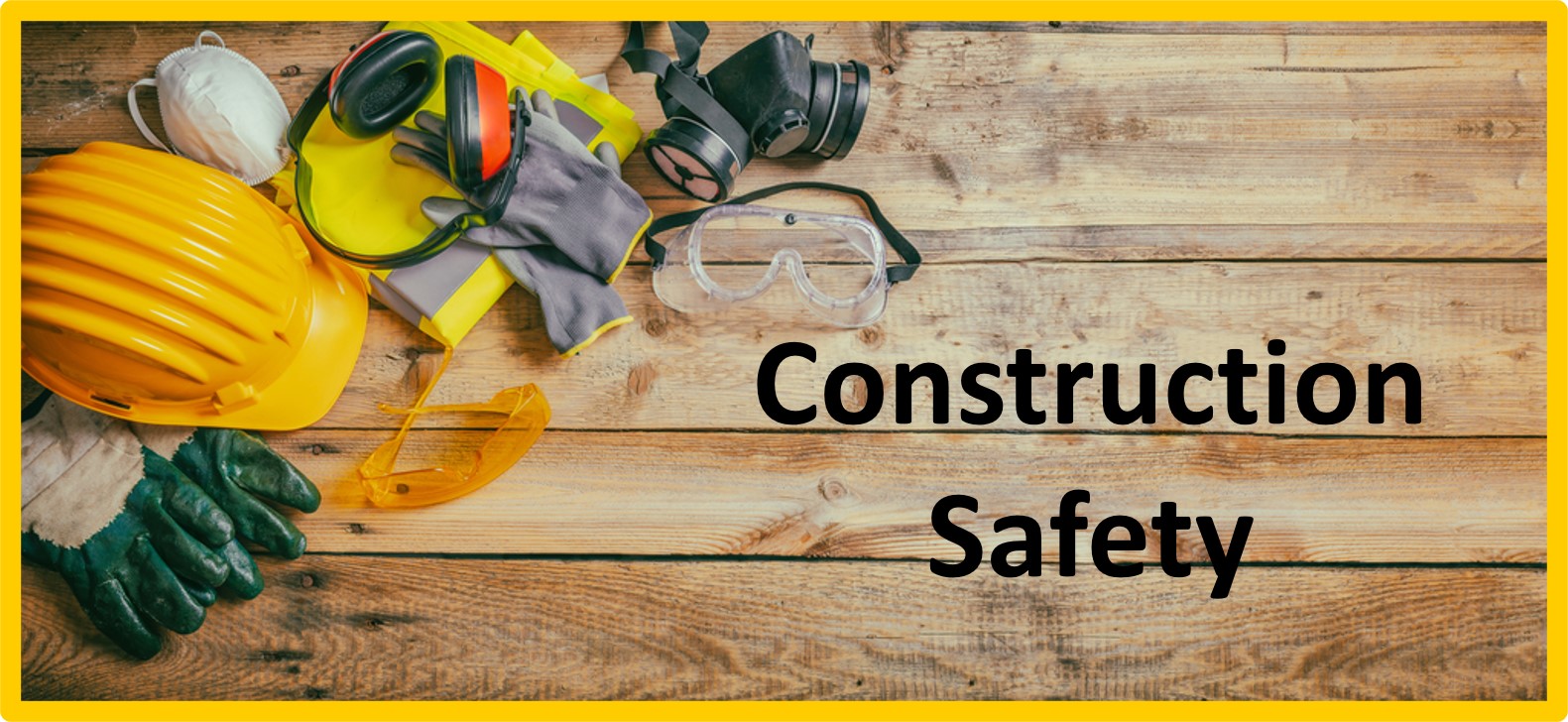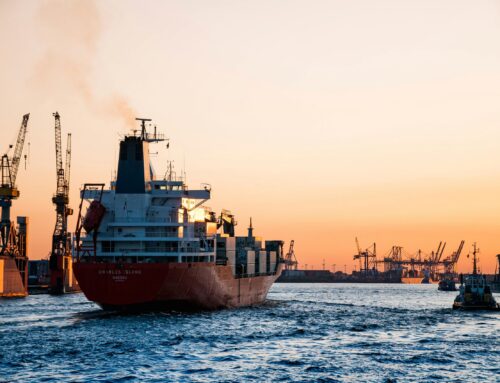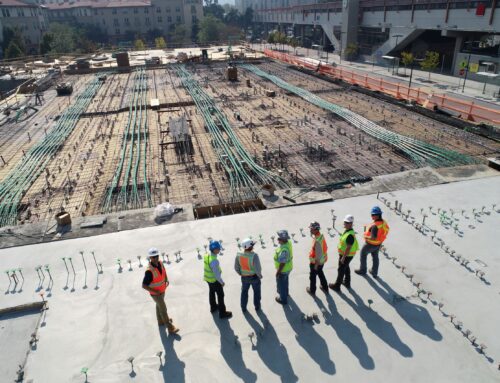Safety practices often take a back seat in the dynamic construction world, where deadlines loom large and productivity is paramount. However, the consequences of overlooking safety can be severe, affecting both workers and project outcomes. There are some overlooked safety practices in construction that every trade job professional should prioritize.
Proper Equipment Maintenance: Construction sites are a symphony of heavy machinery and equipment. Neglecting regular maintenance leads to equipment failures and poses significant safety risks. Research shows that well-maintained equipment is less likely to malfunction, reducing the likelihood of accidents. Implementing a strict maintenance schedule and training workers helps identify and report issues and makes a substantial difference.
Ergonomics and Personal Protective Equipment (PPE): While the importance of personal protective equipment is widely acknowledged, the ergonomic aspect is often underestimated. Research indicates that proper ergonomics can significantly reduce musculoskeletal disorders and injuries. Training workers to use PPE correctly and ensuring that equipment is designed with ergonomic principles in mind can enhance safety and comfort on the job.
Communication Protocols: In the hustle and bustle of a construction site, effective communication is critical to preventing accidents. Research has demonstrated that a lack of clear communication is a leading cause of construction-related incidents. Establishing communication protocols, such as regular toolbox talks and standardized hand signals, fosters a safer working environment. It ensures that everyone on the site is on the same page and aware of potential hazards.
Emergency Response Planning: Construction sites are inherently risky, and preparing for emergencies is crucial. Research shows that having a well-thought-out emergency response plan can significantly mitigate the impact of accidents. Conducting regular drills, ensuring access to first aid facilities, and training workers in basic first aid can mean the difference between a minor incident and a major catastrophe.
Mental Health Awareness: Construction work is physically demanding, but don’t underestimate the toll on mental health. Studies indicate that mental health issues in the construction industry are a growing concern. Acknowledging workers’ mental health challenges by providing counseling services and stress management programs can contribute to a healthier and safer work environment.
Substance Abuse Policies: Research highlights the correlation between substance abuse and accidents in the workplace. Implementing and enforcing strict substance abuse policies ensures a safe working environment. Regular testing and education programs can help identify potential issues early on and create a culture of accountability.
Pre-Task Planning: Construction projects involve a multitude of tasks, each with its own set of risks. Research suggests that thorough pre-task planning is a cornerstone of accident prevention. Encouraging workers to conduct risk assessments before starting a task, identifying potential hazards, and implementing control measures can significantly reduce the likelihood of accidents.
In the fast-paced construction world, prioritizing safety is not just a regulatory requirement but a moral obligation. By addressing these often-overlooked safety practices, trade job professionals can create a workplace that meets project deadlines and ensures the well-being of every worker involved. Remember, a commitment to safety is an investment in the longevity and success of the project and the individuals who make it happen.
At Gillmann Services, we match workers with safe, productive jobs. If you’re looking for a company that you can trust, contact Gillmann Services today and start that conversation






